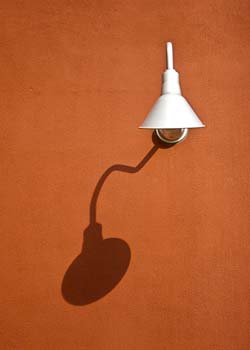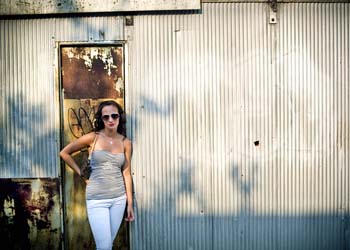Description
THE book to own if you wish to understand lighting!
Light Science and Magic more than just provides set examples for photographers to follow. This international bestseller provides photographers with a comprehensive theory of the nature and principles of light to allow individual photographers to use lighting to express their own creativity. It’s going to show you how to light the most difficult subjects such as surfaces, metal, glass, liquids, extremes (black-on-black and white-on-white), and people.
With more information specific for digital photographers, a brand new chapter on equipment, much more information on location lighting, and more on photographing people, this brand new fourth edition will make it clear why this is without doubt one of the only recommended books by Strobist.com.
* THE lighting book for serious photographers
* The only book that covers theory and physics of light
* Full of brand new info, specific to digital photography
* Loaded with new and inspiring full color photographs
Amazon Exclusive: A Letter from Fil Hunter, Paul Fuqua, and Steven Biver, authors of Light–Science & Magic, on Lighting

Fil Hunter
|

Paul Fuqua
|

Steven Biver
|
We photographers now live in a gadget-based world. If you don’t believe me, just look at the Web or any photography magazine. What do you see but item after item extolling the virtue of this or that gizmo?
The lighting side of picture making is no exception. In fact it has become so intense that a huge proportion of questions I’m asked are of the “How can I work without a . . . ?” or “Will I ever be able to make good portraits without a . . . ?”
Fortunately two sentences written for the first edition of Light–Science & Magic some 25 years ago by our co-author, Fil Hunter are just as relevant today as they were then, a quarter of a century ago:
- “No photographer has enough lighting equipment to do every assignment as well as conceivable.” and “Most photographers have enough equipment to do almost every assignment well.”
To put those two pithy lines another way, it’s what you do with what you’ve got that counts.
Sure, there most certainly are those times when the newest and niftiest piece of gear would make life a lot easier. But if you’ll’t have enough money it, don’t go out and shoot yourself. Instead, start trying to figure out a different way of getting the job done.
You’ll be amazed at how many times you’ll.
–Fil Hunter, Paul Fuqua, and Steven Biver
Amazon Exclusive: An Example from Paul Fuqua, One of the most Authors of Light–Science & Magic, on Lighting
 |
For the most part, my co-author, Steven, and I specialize in very different kinds of photography. Steven usually works using lights. I almost all the time work with only the ambient light I find where I’m shooting.
But as different as these two ways of working are, the approaches we use to lighting our subjects are almost identical. That’s because no matter where you find it or what its sources may be, light all the time behaves in certain predictable ways.
Take this portrait of my friend Howard. To make it I moved him into the “open” shade of a nearby barn. This flooded him with the kind of softly diffused light I had pre-visualized for the picture.
I then positioned Howard close to the edge of the barn’s shadow. This allowed a small number of the sun’s brighter rays to fall on the camera right side of his face.
The result of this slightly uneven lighting was twofold. First, Howard’s facial features were nicely modeled and second, the diffused light prevented any unattractive hard-edged shadows on it.
What’s important about the above is that I used to be able to use the ambient light I found on a location to make this portrait using exactly the same basic approach that Steven could use to produce identical looking lighting using studio strobes. Simply put, light is light, and it all the time follows the same laws of nature wherever it is and whatever produces it.
And that’s exactly what Light–Science & Magic is all about.
— Paul Fuqua
Featured Photographs from the Authors of Light–Science & Magic

This glass of water was photographed with two lights–one on the background and the other in the foreground. (For more on photographing glass see Chapter 7).
|

This dramatic studio portrait was created using three lights–a Fresnel for the hair light, a grid spot and, a strip light for the face. (For more on portrait lighting see Chapter 8).
|

Exterior lamp on building wall shot with available light. The hard-edged shadow is a result of the bright specular light, the sun.
|

Still life was lit with one large soft box. This type of light modifier enables you to create as soft and continuously pleasing “window light” look.
|

Location portrait photographed with dappled ambient light.
|
Featured Excerpts from Light–Science & Magic
Read a few sample pages on how the cover was made. [PDF]
Read a few sample pages on how to photograph glass. [PDF]
light, science, and magic an introduction to photographic lighting
fourth edition













































